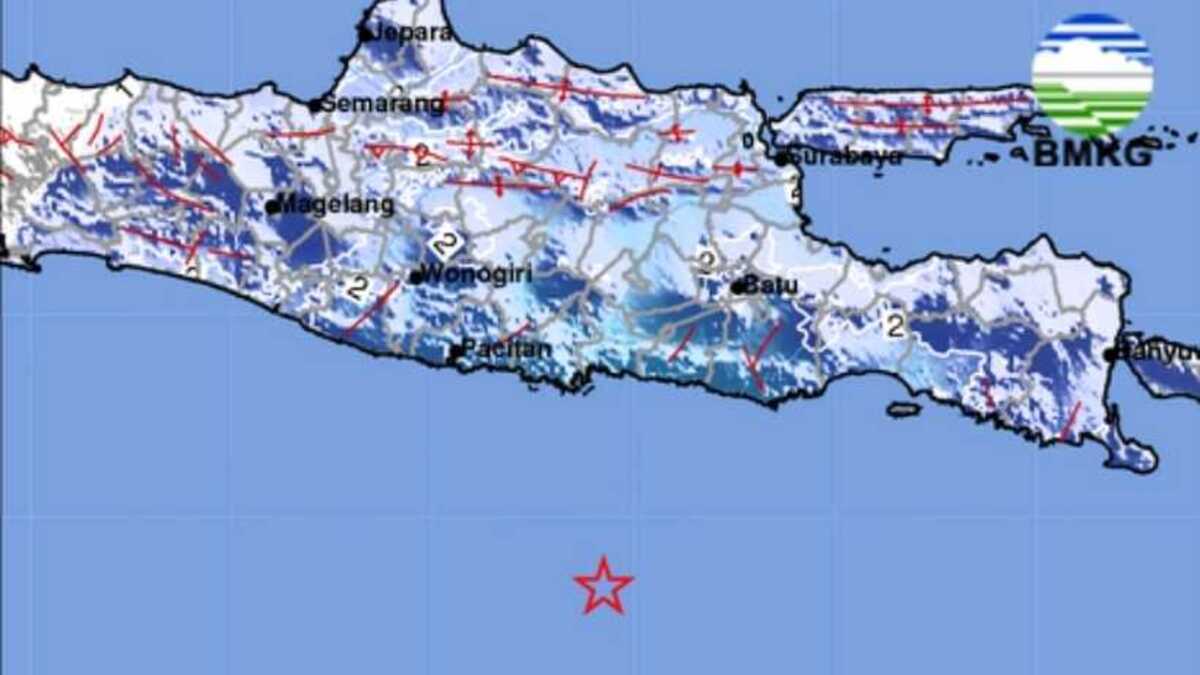Bali orders removal of glass lift at Kelingking Beach after public outcry
Bali’s governor has ordered the dismantling of a nearly completed glass elevator built into the cliff at Kelingking Beach following a wave of public backlash and official findings of zoning, safety, and environmental breaches. The 180-metre structure, supported by a Chinese-invested developer, will be torn down within six months, with restoration required soon after.

- Bali’s governor I Wayan Koster has mandated the demolition of a controversial 180-metre glass elevator on the cliffs of Kelingking Beach in Nusa Penida, to be torn down within six months.
- The project was halted after a special committee (Pansus TRAP) of the Bali DPRD found serious zoning, permit, and safety violations including building in a disaster-mitigation zone.
- Critics — including local leaders, academics, and tourism advocates — warn the lift disrupts the island’s natural and cultural landscape and could destabilise the cliffs, calling for sustainable development over large-scale infrastructure.
BALI, INDONESIA — Bali’s governor, I Wayan Koster, has instructed the demolition of a 180-metre high glass elevator built into the cliffside of Kelingking Beach on Nusa Penida. The move comes after a special committee of the Bali provincial legislature confirmed multiple permit, zoning, and safety violations.
At a press conference in Denpasar on 23 November 2025, Koster called on PT Indonesia Kaishi Tourism Property Investment Development Group to dismantle the structure within six months and to restore the cliff area to its natural state within a further three-month period.
Should the company fail to comply, Koster said, the provincial government will step in to carry out the demolition itself, in coordination with Klungkung Regency authorities.
The directive follows findings by the Panitia Khusus Tata Ruang, Aset, dan Perizinan (Pansus TRAP), a special spatial-planning committee in the Bali DPRD (provincial parliament), which conducted an on-site inspection.
The committee identified serious breaches of local and national spatial planning laws, including building in a disaster-mitigation zone along cliffs, lacking required environmental-impact study documentation, and failing to secure occupational safety permits.
Violations of zoning and regulation
During a field inspection at the site on 31 October 2025, Pansus TRAP members discovered that the elevator’s foundation lies only about 15 metres from the cliff edge, well within a legally restricted zone under Bali’s spatial planning regulations.
According to I Made Supartha, chair of Pansus TRAP, the site falls within a disaster-risk area, and by law such zones should fully prohibit construction.
The committee also noted that the building lacks a full environmental impact analysis (AMDAL), instead relying on a “low-risk” environmental management plan (UPL-UKL) — despite being built on a steep, high cliff above the sea.
In addition, Pansus TRAP concluded that the elevator’s design does not reflect Balinese architecture, conflicting with regional regulations that require new constructions to incorporate local cultural aesthetics.
Occupational safety was another serious concern. Satpol PP (civil service police) and labor authorities reported that workers on the project did not meet K3 (health and safety) standards. Technical drawings for the elevator had not been approved by relevant agencies, and the lifting mechanism lacked formal clearance.
Political pushback and formal complaint
In response to these findings, Pansus TRAP sent a formal letter to the Regent of Klungkung, requesting full transparency about the permit process: who submitted the application, the exact land area used, and the spatial-zoning justification.
According to Supartha, supporters of the lift argued that the project would boost tourism and safety, but the committee insisted that legal standards must be upheld.
While the developer’s director, I Komang Suantara, insisted that all technical and regulatory assessments had been made — including soil strength tests and environmental studies — Pansus TRAP remains unconvinced. Suantara stated that the total investment for the project is around Rp 200 billion (S$15.7 billion), with approximately Rp 60 billion (S$4.7 billion) going specifically to the elevator.
Supartha, however, emphasised that the way the online permit-submission system (OSS) was used raised serious red flags. According to him, the project was classified as “low-risk” in OSS despite its highly exposed and vertical location, which should have mandated a higher level of scrutiny.
Government response: halt and demands
On 31 October, the Pansus TRAP committee, together with Satpol PP Bali, ordered an immediate temporary halt to construction. In their statement, Supartha suggested legal action could follow if the violations are formally confirmed.
Governor Koster, who dispatched the Pansus TRAP to investigate the site personally, defended his decision by saying authorities must not only consider who built the lift, but also whether the legal basis is solid.
He warned that any “naughty” investor must be held accountable, and reiterated that Bali must be protected, even if it means dismantling high-profile tourism infrastructure.
In supporting Pansus TRAP’s recommendation, Koster also said the structure violates five major regulatory conditions, including spatial planning, building design, and lack of a governor’s recommendation.
He emphasised that the demolition order is grounded in a broader commitment to protect Bali’s environment and cultural identity rather than to stifle investment.
Investor reaction
Despite mounting criticism, the investor representative, Suantara, maintained that the development was legal and beneficial. He argued that the glass elevator would ease access to the beach, reduce risk on the steep hiking path, and even help in evacuation during emergencies.
He also emphasised that the project would generate local revenue and boost tourism in Nusa Penida.
Suantara further expressed willingness to comply with regulatory demands, indicating readiness to adjust the KBLI (business classification code), obtain additional permits, and provide complete technical documentation.
How the project initially gained approval despite regulatory concerns
Local authorities said the project was able to proceed in its early stages because the developer had secured community support during repeated socialisation sessions with residents around Kelingking Beach.
The Klungkung Regency government stated that this community approval, described as restu, formed the basis on which the investor was permitted to begin submitting applications through Indonesia’s Online Single Submission (OSS) licensing system.
Officials noted that the developer later received a Business Identification Number and a building approval permit, or PBG, issued through the same national platform.
According to the Klungkung administration, the investor also obtained an environmental permit processed at the central-government level, reflecting the project’s status as a foreign investment initiative.
Some of the licences acquired were categorised within the OSS system as low-risk permits, a designation that typically requires less stringent document verification.
This classification allowed the investor to proceed without undergoing the more robust environmental review processes normally triggered by high-risk construction activity in sensitive areas.
Despite these approvals, provincial authorities now argue that the permits obtained did not align with Bali’s spatial planning laws. Governor I Wayan Koster and members of the Pansus TRAP committee have highlighted that the project lacked a full environmental impact assessment and did not meet requirements set out under regional cultural and architectural regulations.
Broader concerns: culture, safety, and sustainability
Local critics, including members of the DPRD, have framed the lift as emblematic of a deeper problem: the unchecked commodification of natural and spiritual landscapes in Bali.
Many local residents have voiced mixed feelings about the lift project. According to a Kumparan report, one beach attendant, identified only as BK, said he was “galau” (torn) — while he agreed that the elevator could make access safer and help tourists who are too weak or unwilling to climb the steep path, he still worried about environmental damage.
BK noted that although the investor claims to have secured environmental permits, the construction involving drilling and concrete work on the cliff raises fears about the long-term impact on the limestone formation.
He also urged that if the lift is built, regulators regularly check its operational safety to protect both locals and visitors.
Meanwhile, other local residents expressed optimism about the economic benefits. Some argued that the lift could generate employment for people living in the area, providing not just jobs but a revenue-sharing mechanism between the developer and the community.
One anonymous resident quoted by Kumparan claimed that the elevator could reduce the travel time from the cliff to the beach to just a few minutes, and said that local people had been promised work and local compensation.
At the same time, environmental proponents and other locals remain strongly opposed. As reported by Balithisweek, Made Sediana, a longtime resident of Nusa Penida, lamented, “The beautiful view of Kelingking Beach has been destroyed … tourists come here to enjoy the panorama, not lifts.”
Her comments underline a broader sentiment among some in the community that such modern infrastructure threatens the natural and cultural character that makes Kelingking Beach iconic.
More broadly, the controversy taps into long-standing tensions between rapid tourism-driven growth and conservation. Observers have expressed concern that infrastructure projects like this glass elevator, though marketed as modern amenities, could undermine the very natural beauty and authenticity that make Bali so iconic.







0 Comments